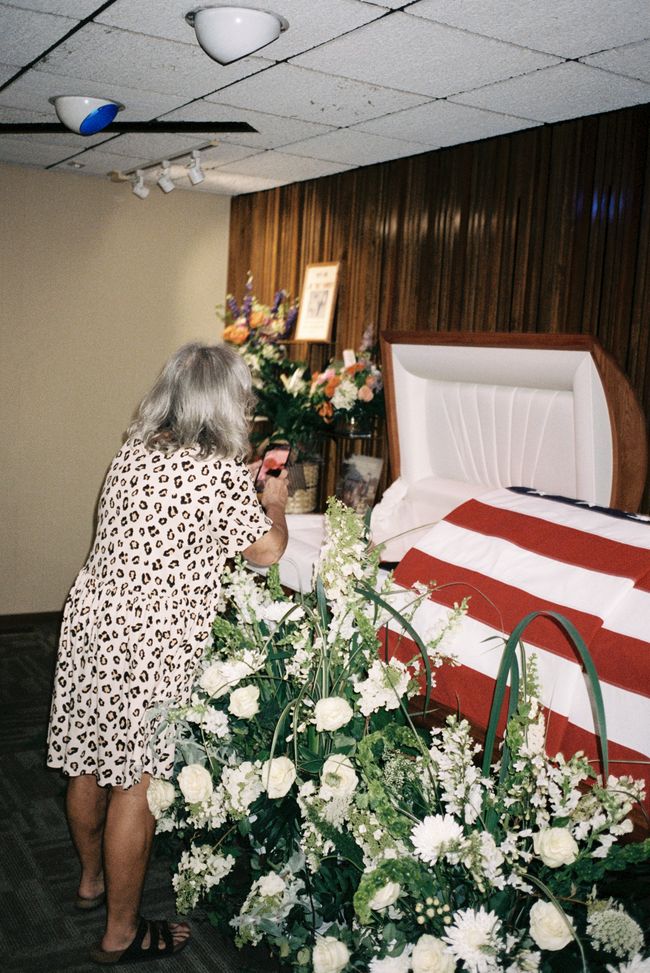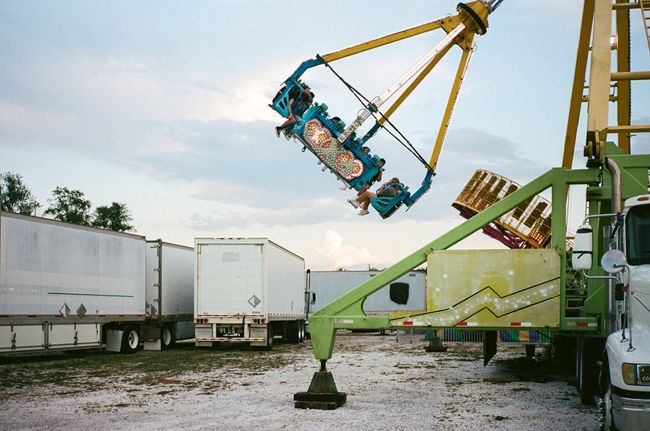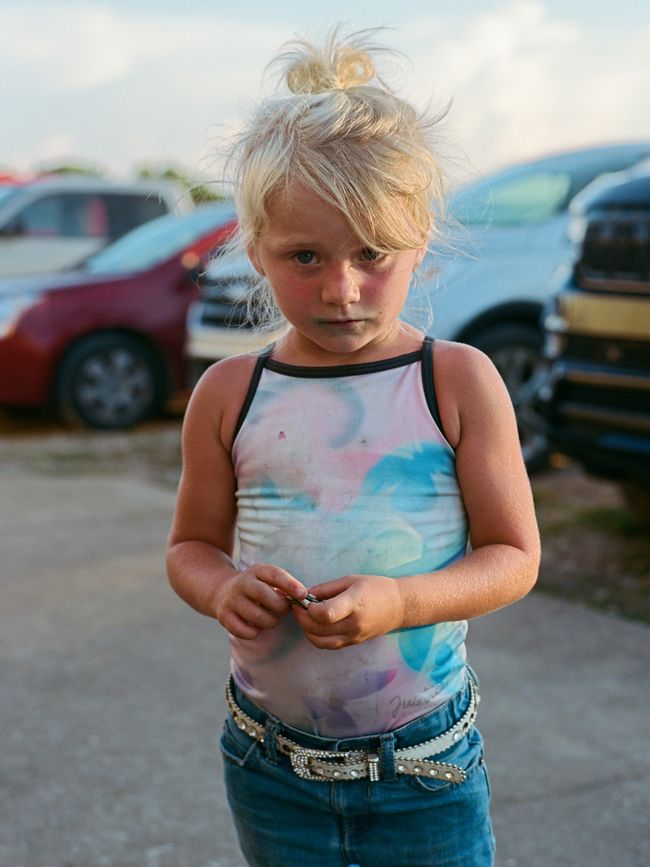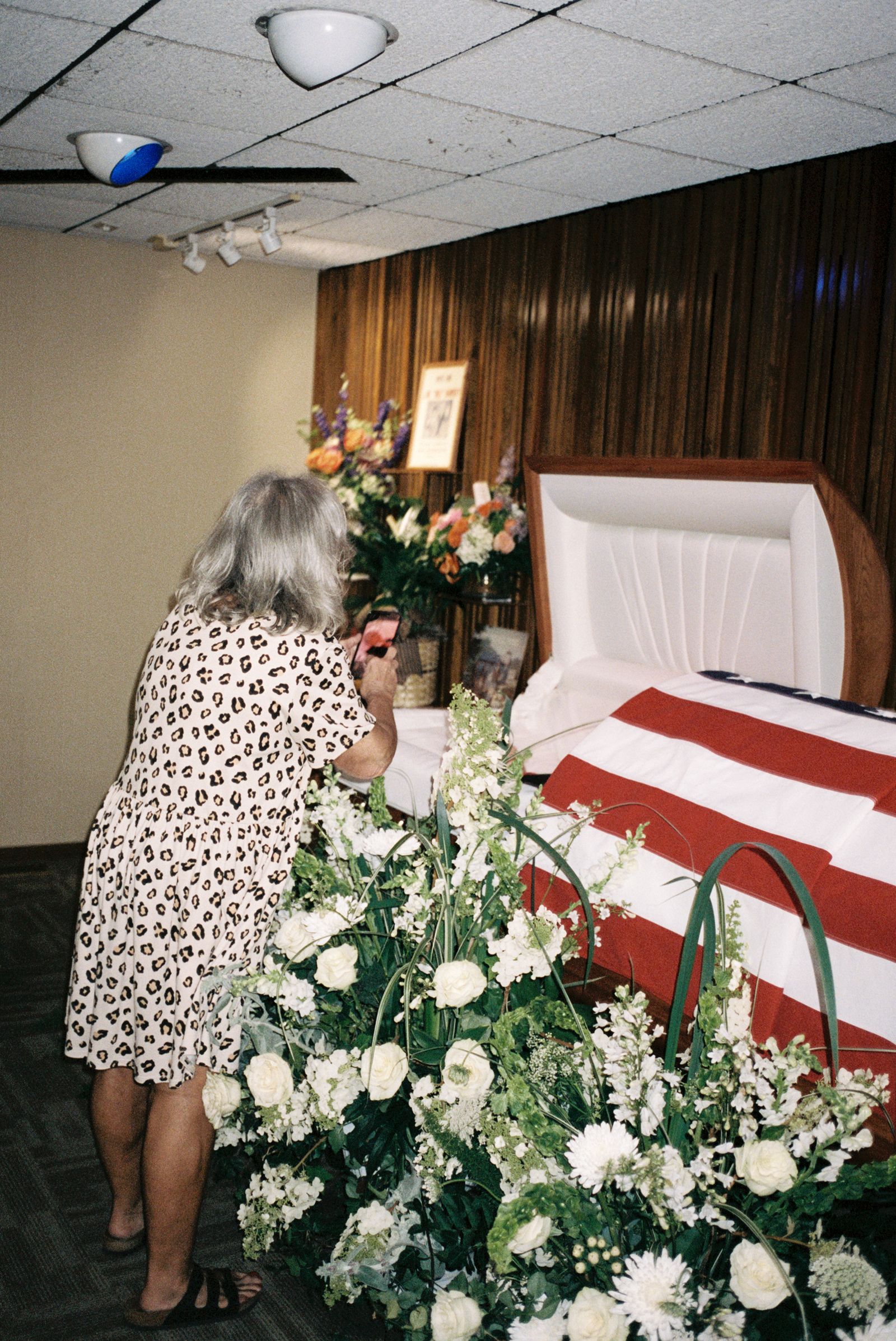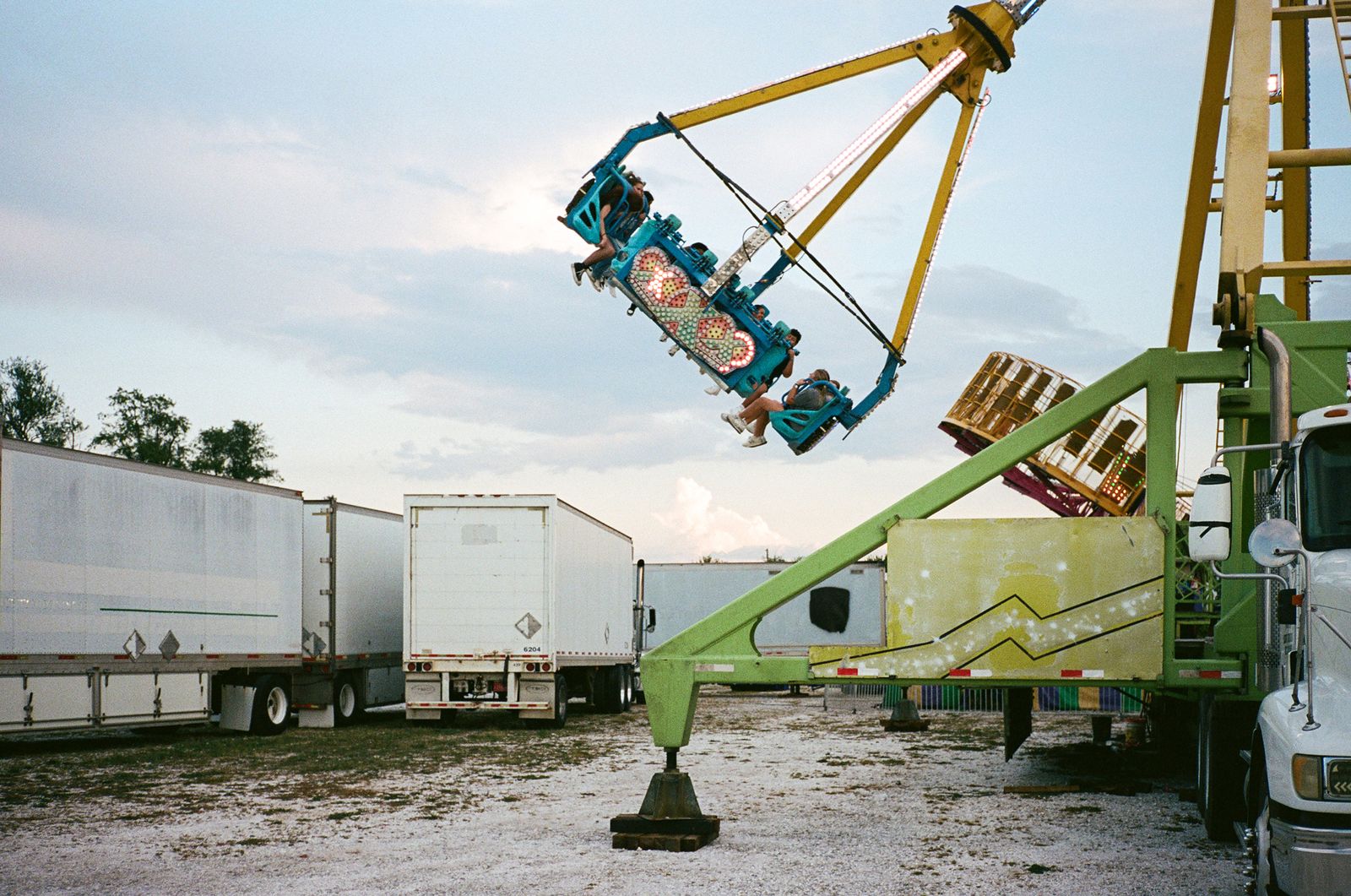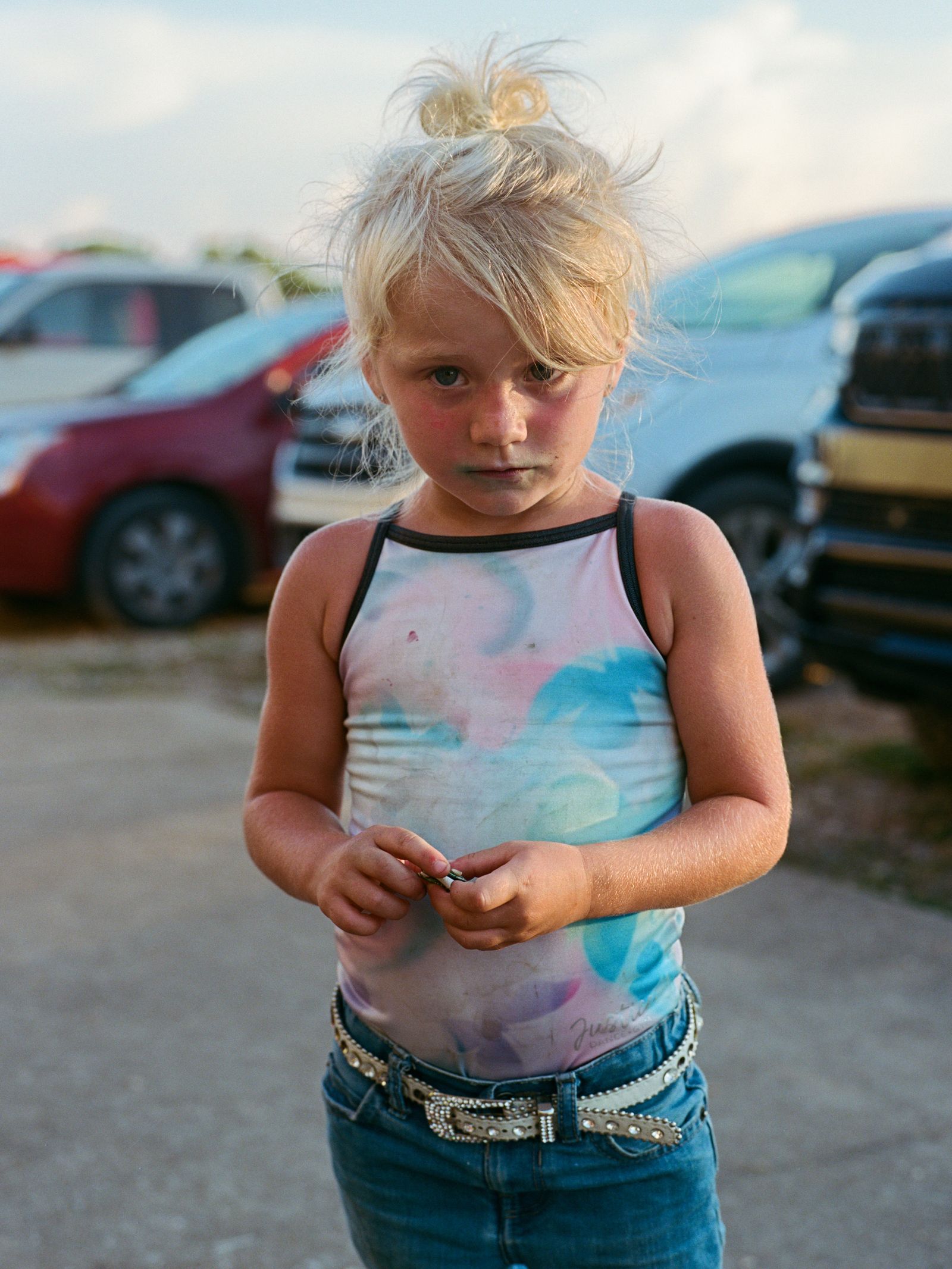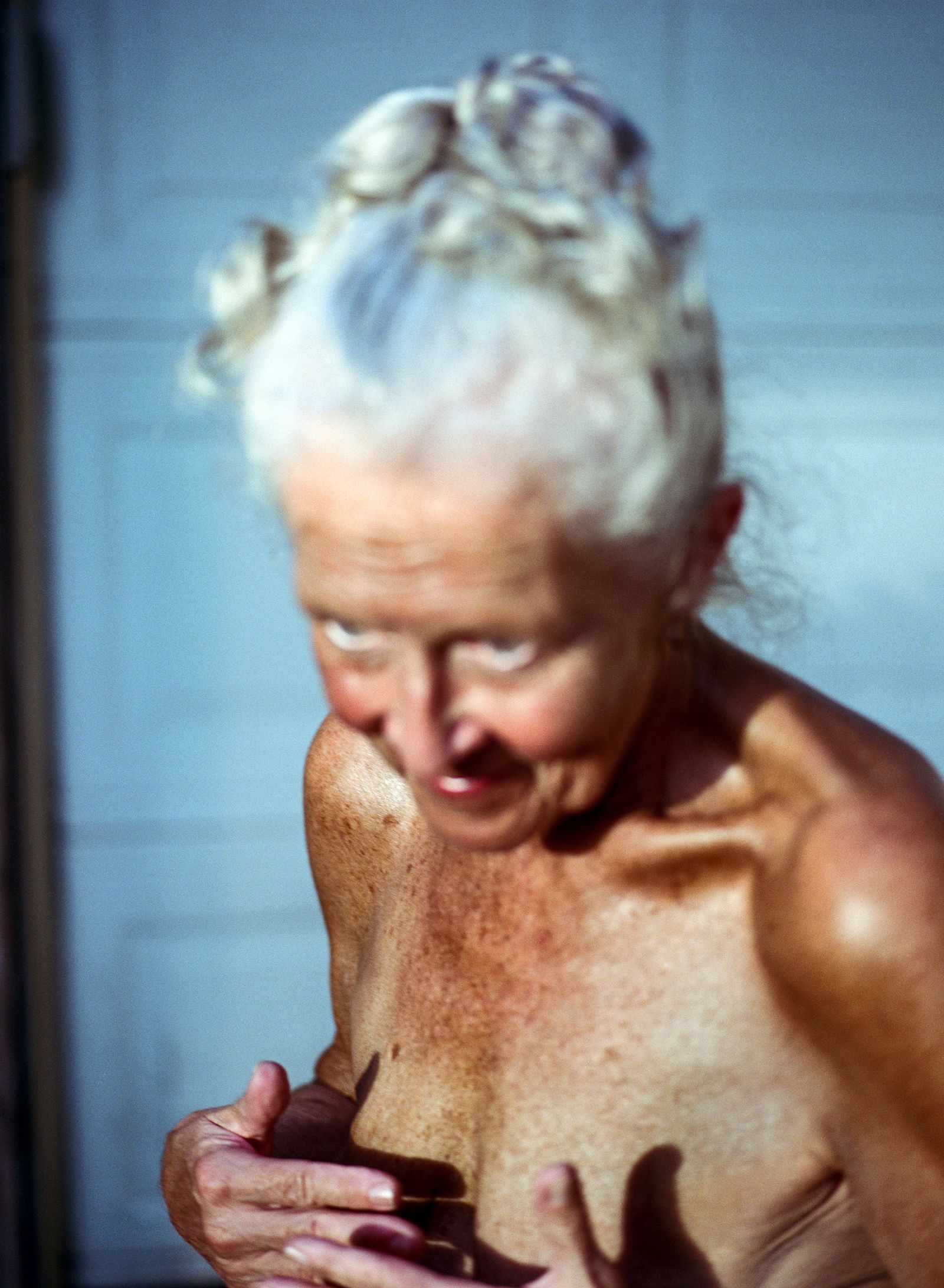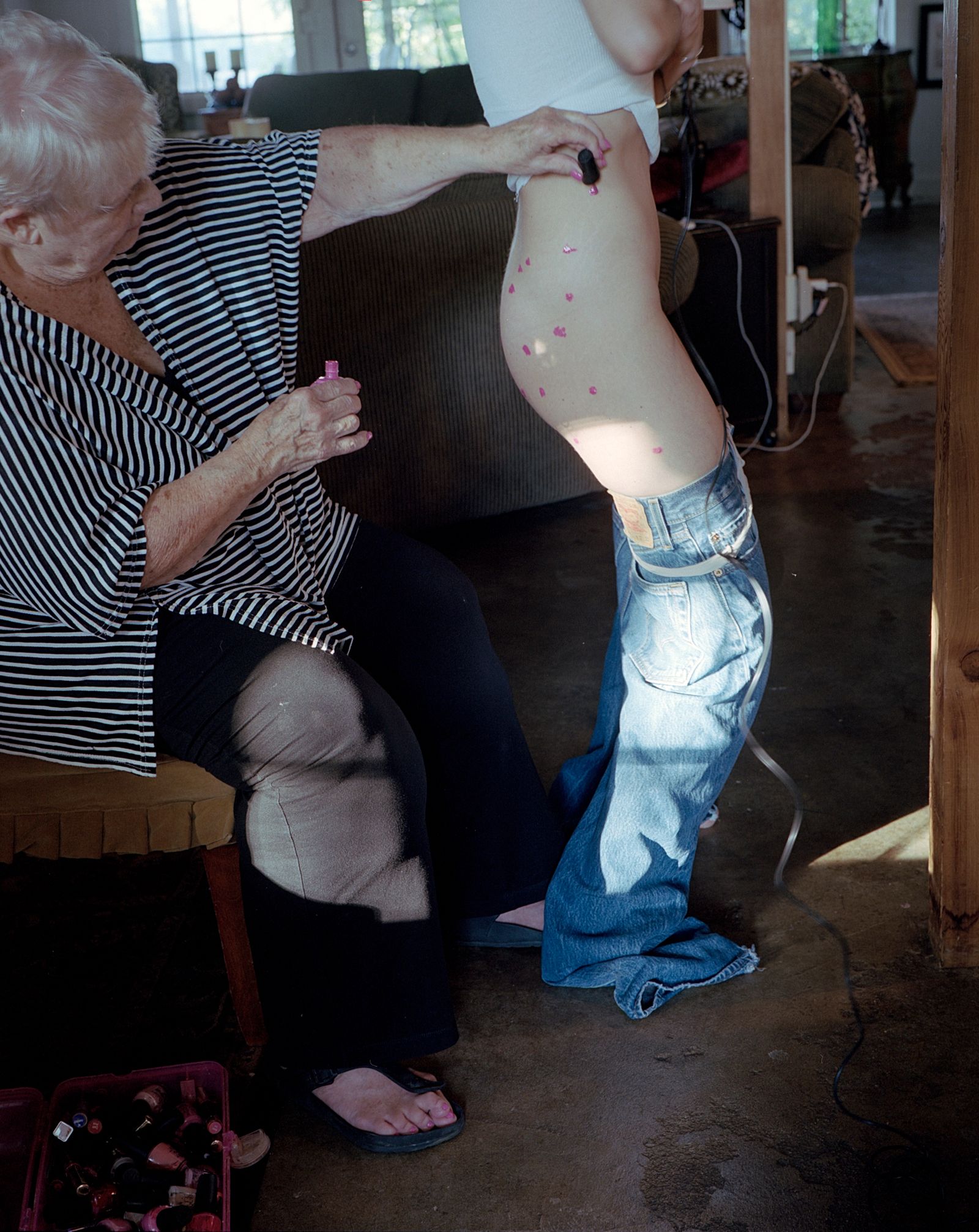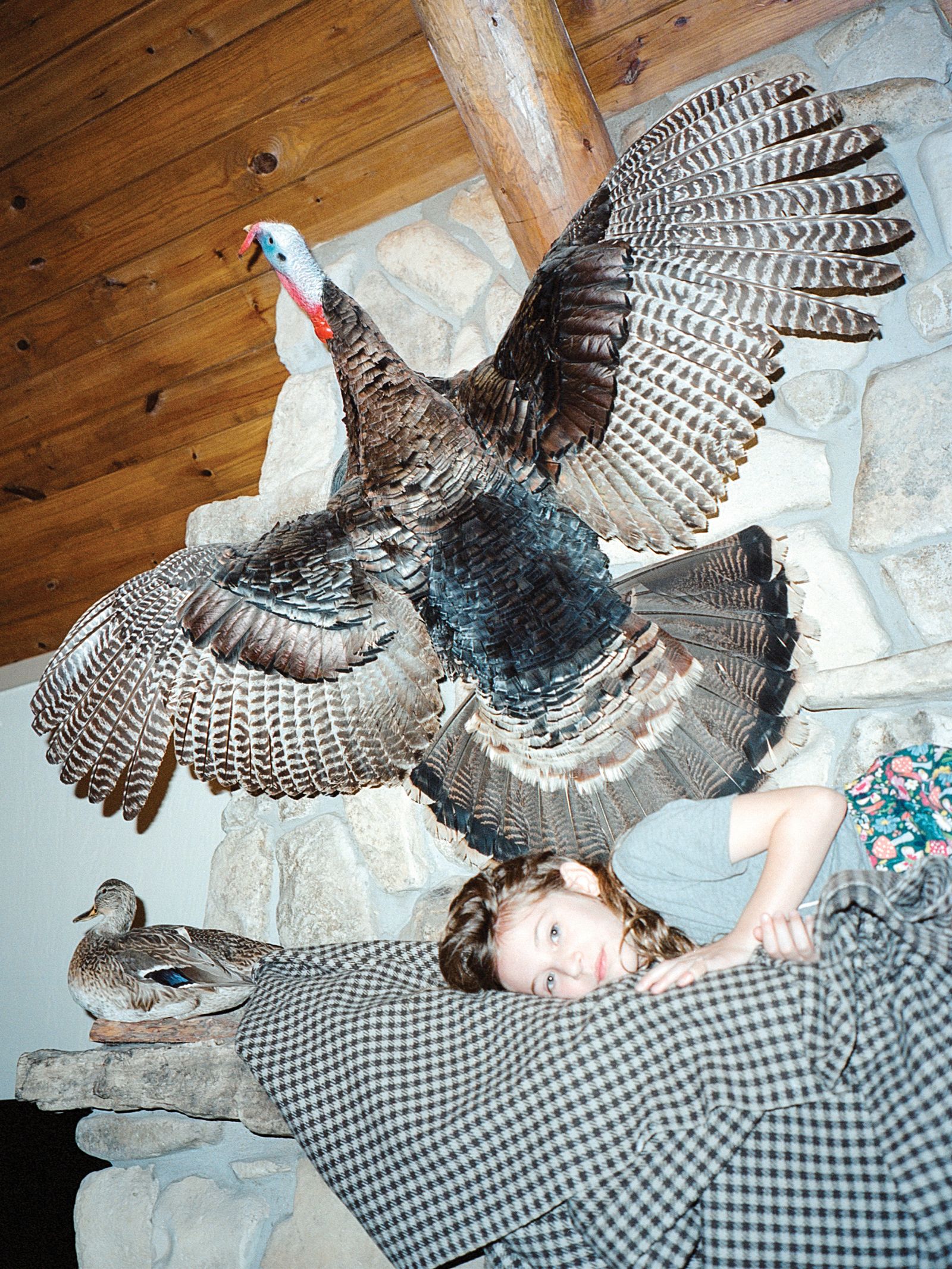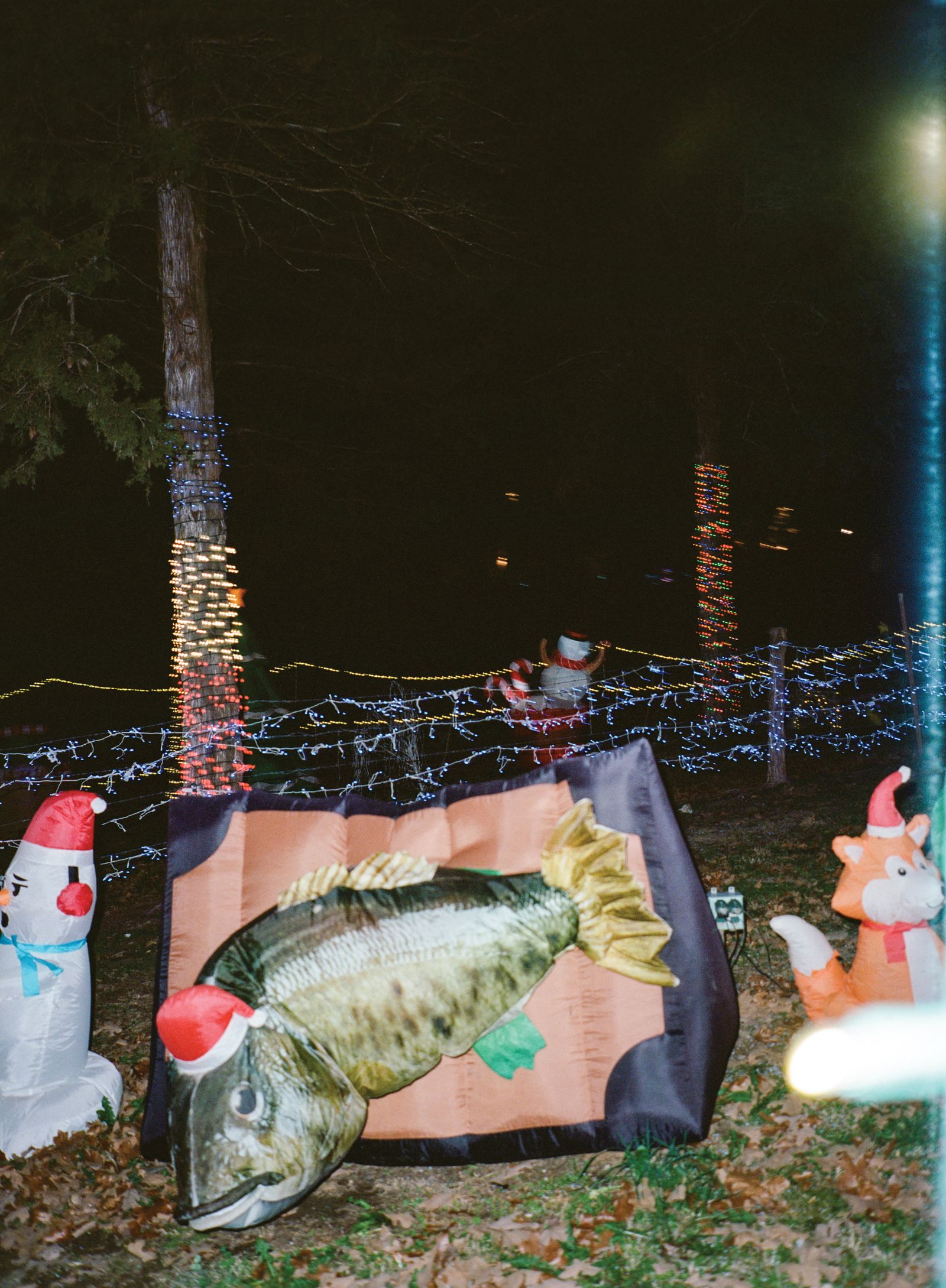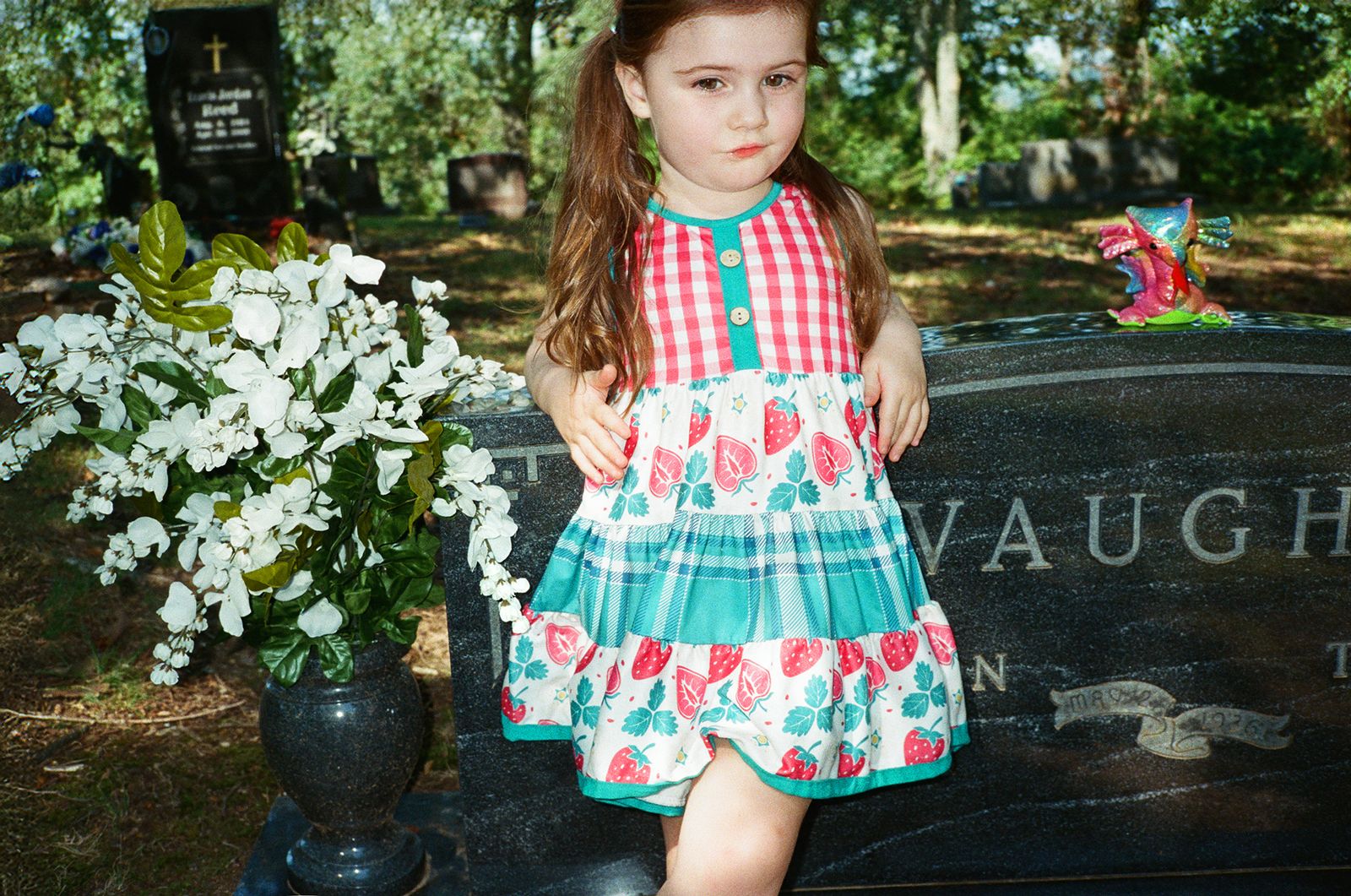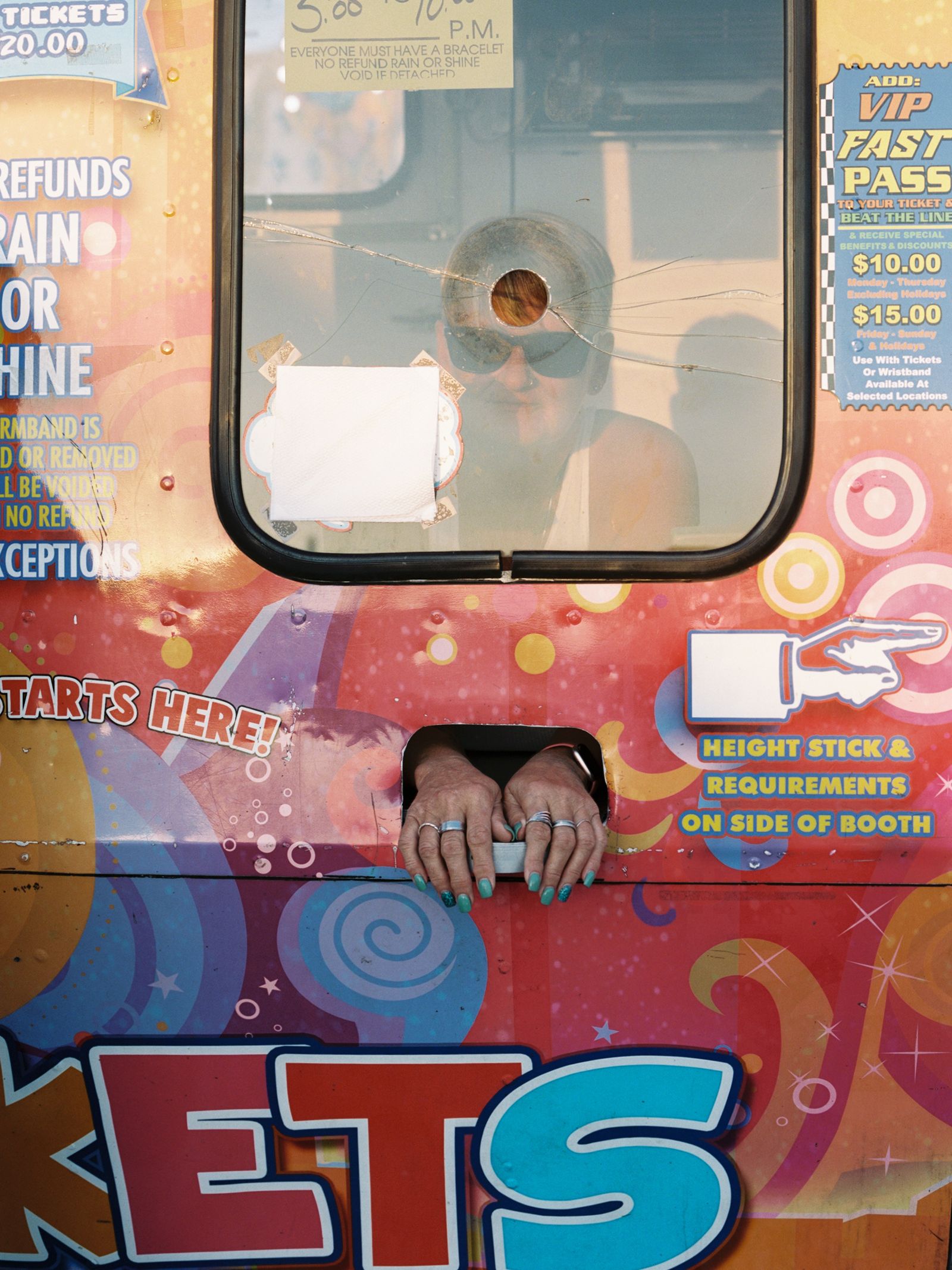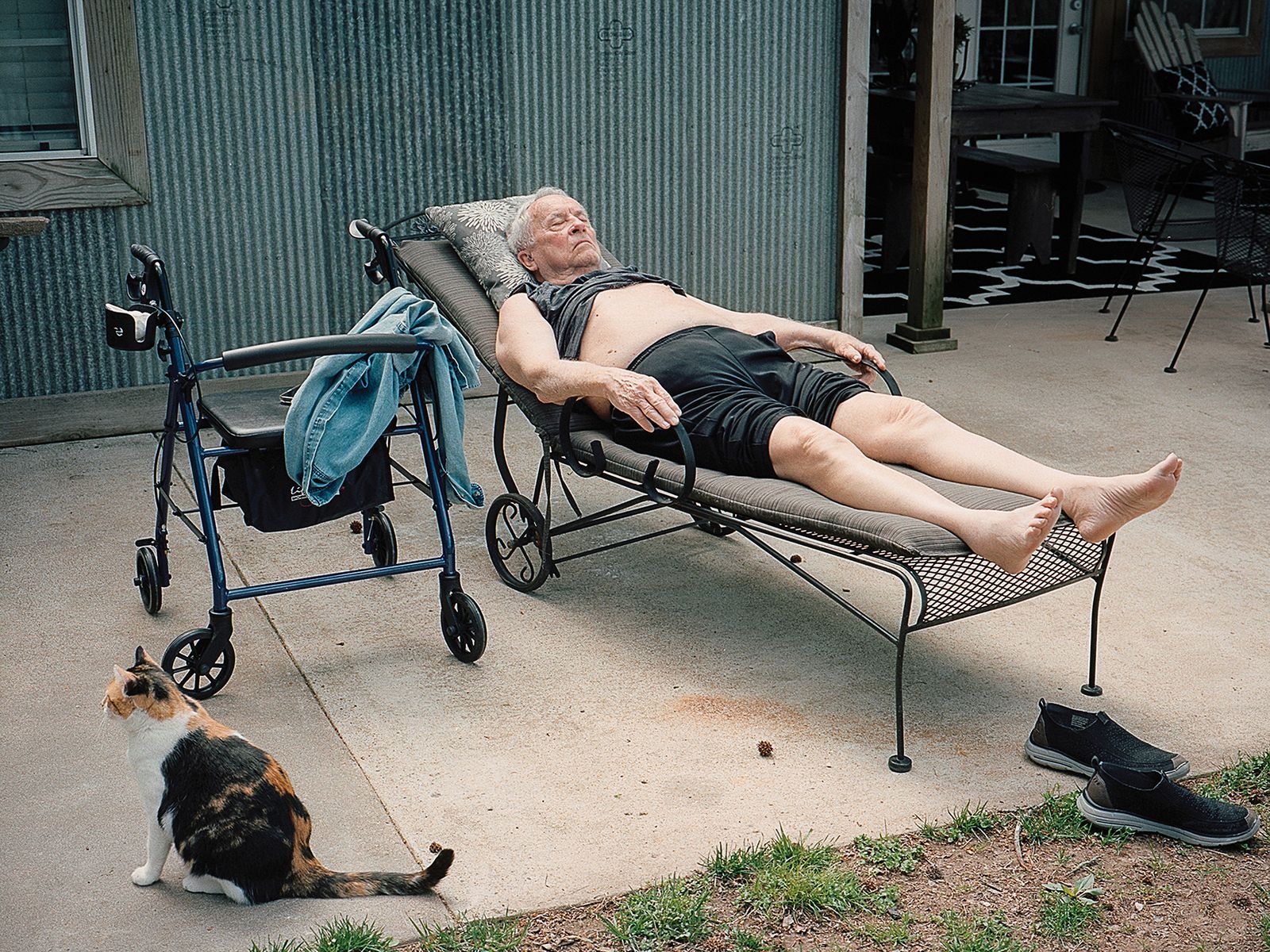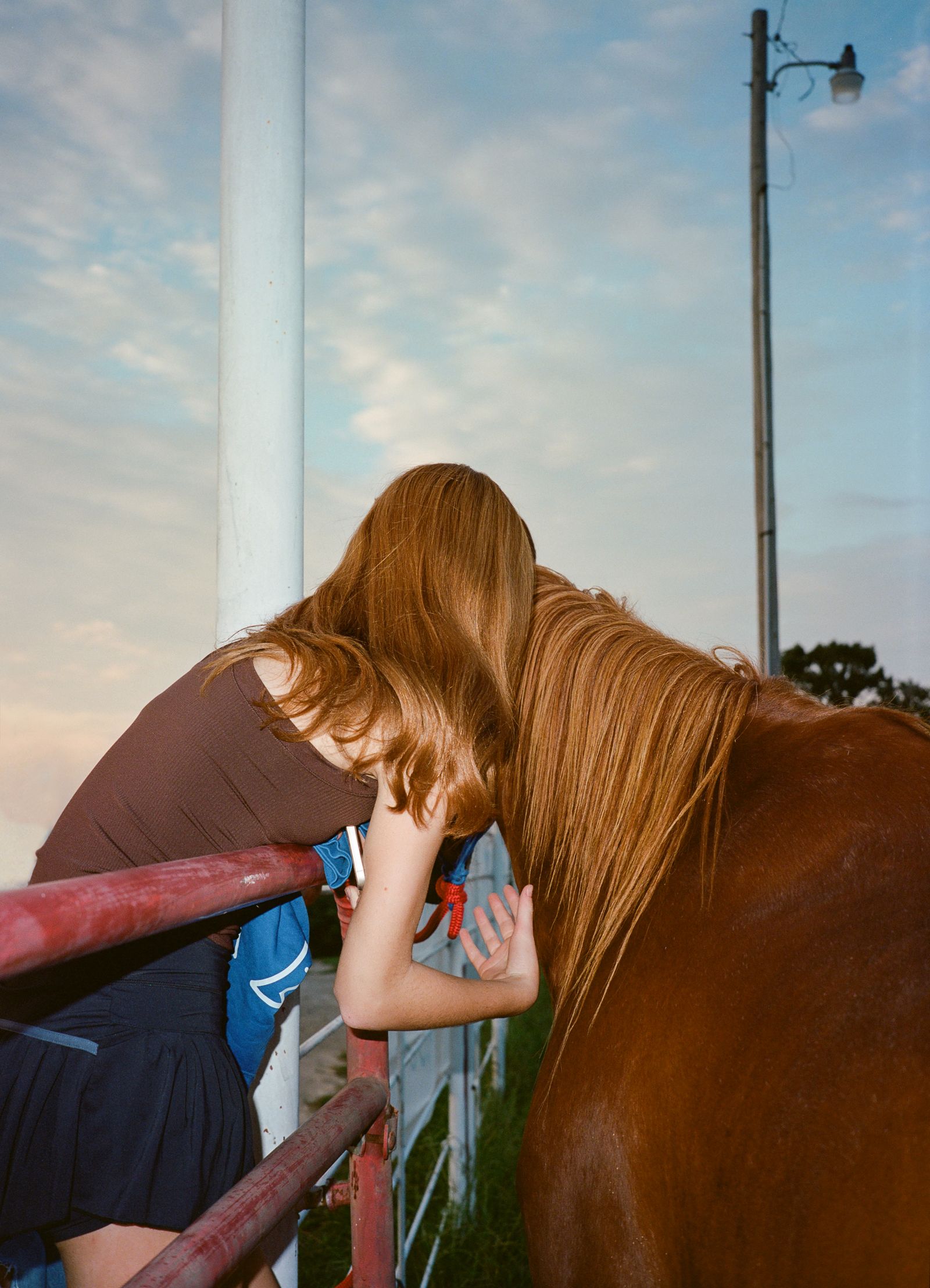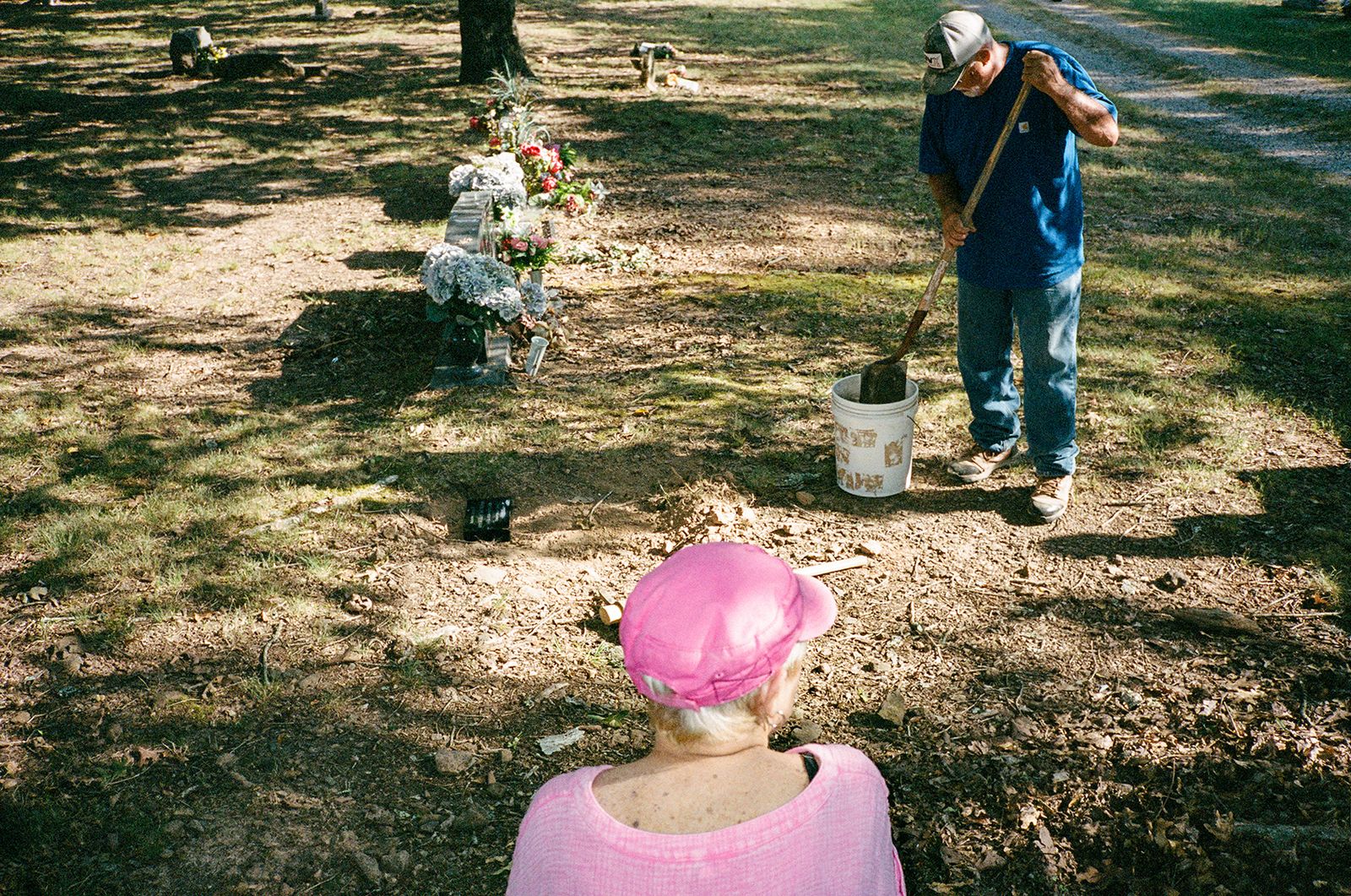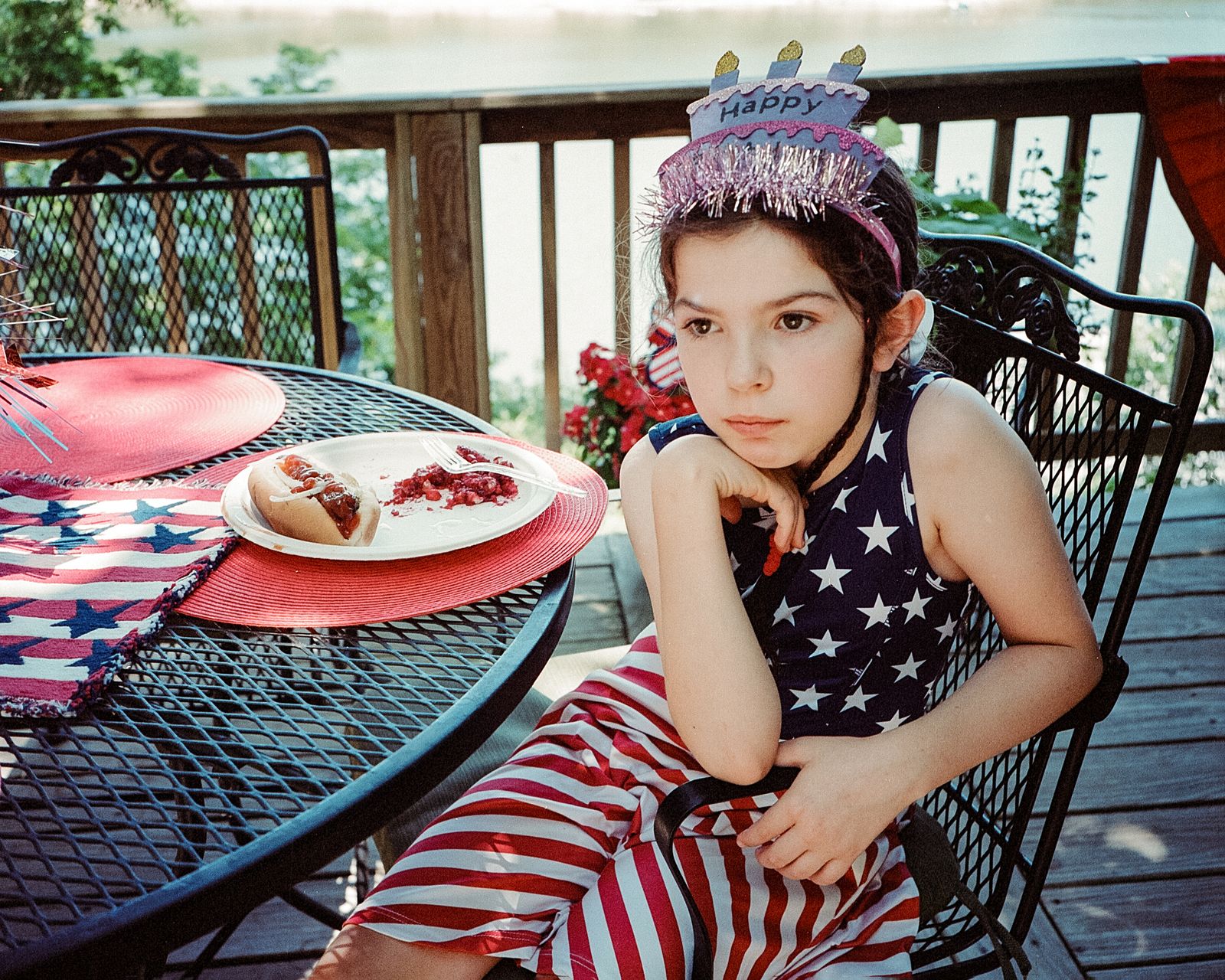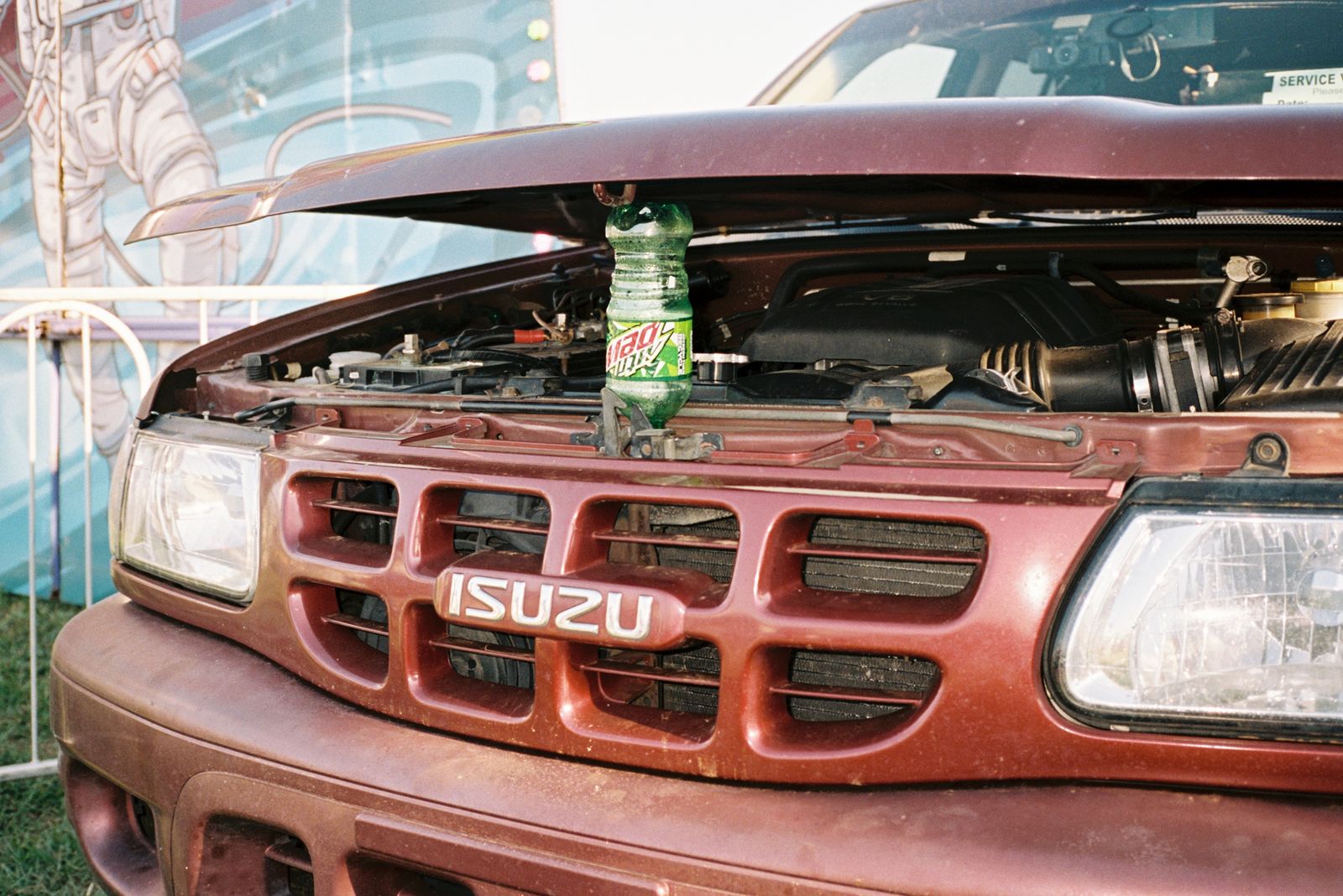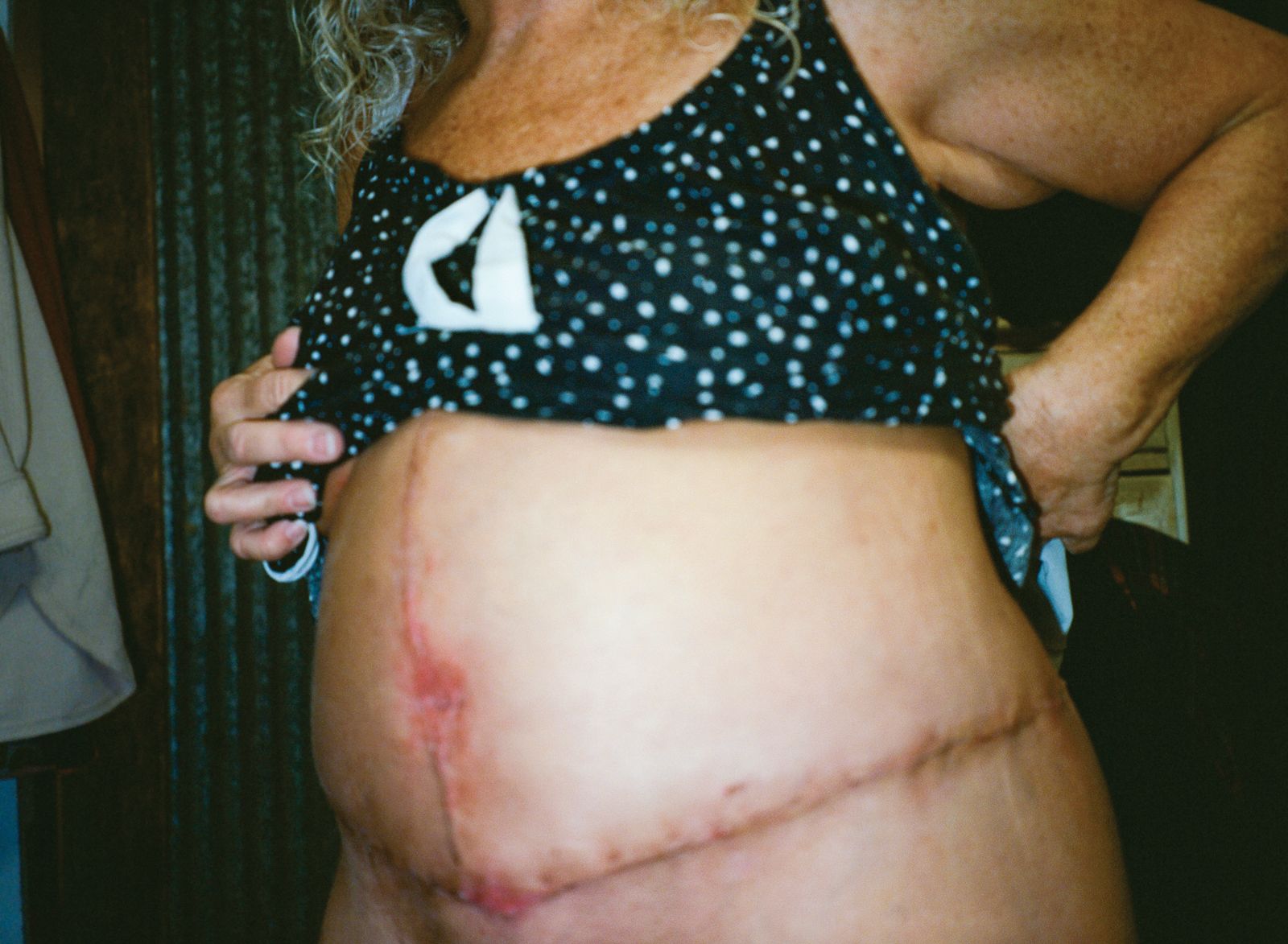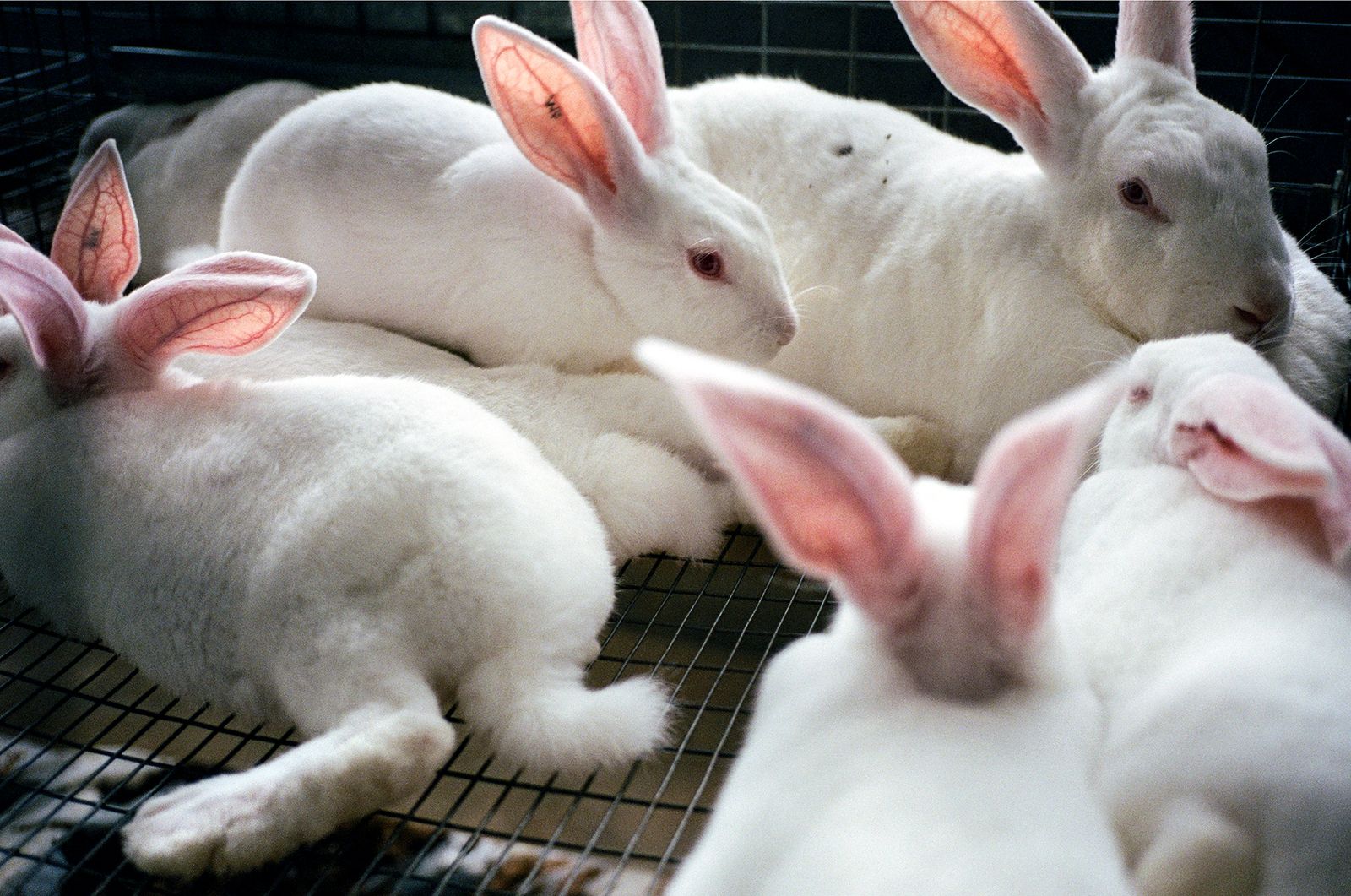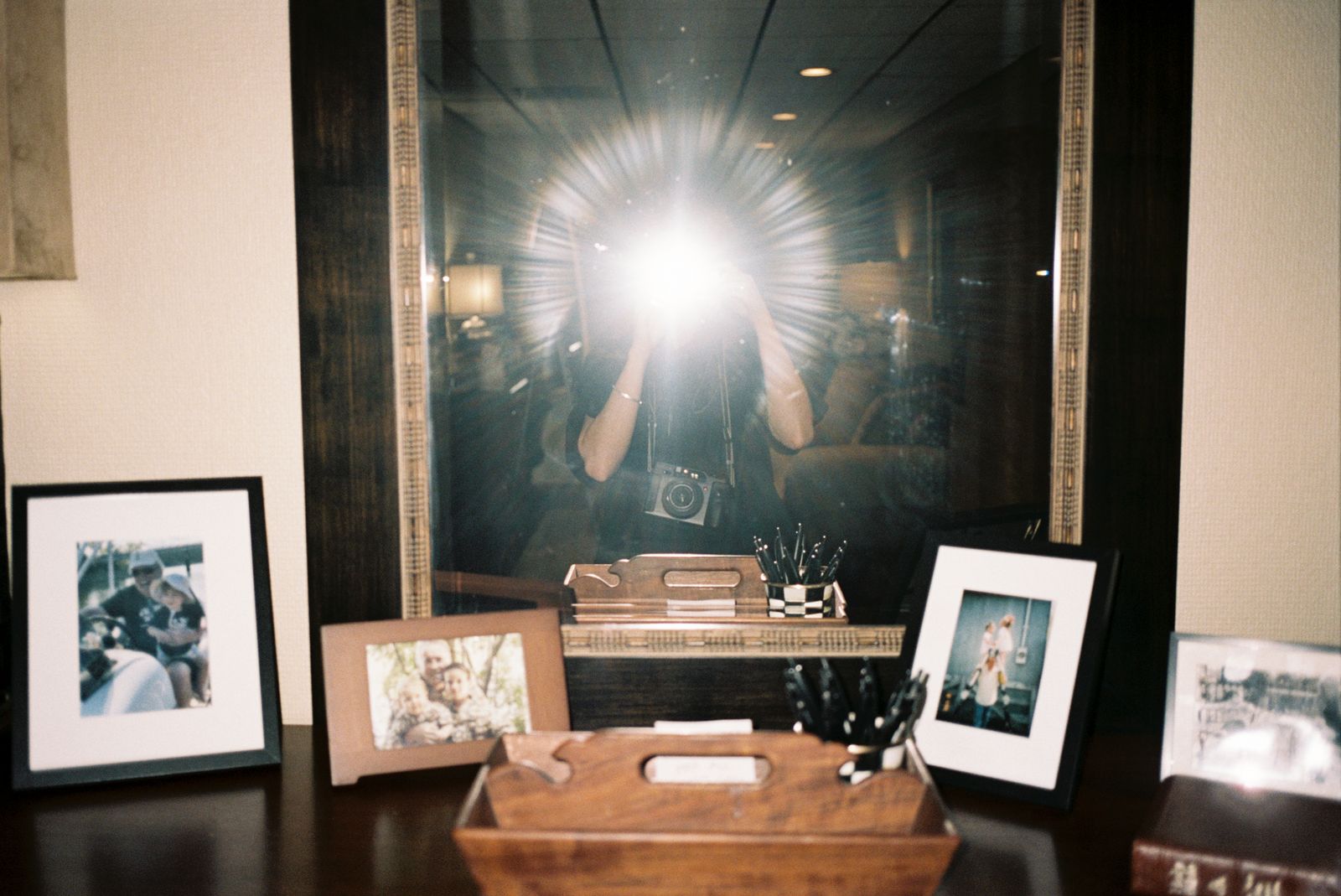Tiger's Blood
-
Dates2024 - Ongoing
-
Author
- Location Fayetteville, United States
After training my accent into nowhere on a professor’s advice, I returned to Arkansas to photograph what assimilation costs: three generations of women, Snickers bar sermons on virtue, and Tiger’s Blood stains that won’t wash from white uniforms.
Tiger's Blood takes its name from a snow cone flavor: electric orange-red, sweet enough to stain whatever it touches. You only order it once, then spend August scrubbing its mark from a white cheerleading uniform. At a Waxahatchee concert in Red Hook, surrounded by people grandfathered into taste, I tried to explain this to my ex's friends. Silence. They didn't know Tiger's Blood, or pep rallies, or the specific humiliation of those stains.
Fifteen years ago, a Georgetown professor pulled me aside: You'll sound more intelligent without the accent. Go farther. He smiled like he was doing me a favor. I thanked him. I'd just learned what Vineyard Vines was; I knew there was more to fix. So I trained my voice into nowhere, sanding down what Arkansas poet C.D. Wright called our "persistent identification—as striking as a blazed tree." It worked. Now I don't sound like my Mimi or Poppa, and I think about that daily.
Since returning to Arkansas, I've been photographing what that bargain cost: the ability to see my own life clearly. The work follows three generations around The Barn, where paw prints from its animal past remain pressed in the concrete we cross barefoot. The images form a visual grammar: rabbits held to light at county fairs, my stepsisters where childhood and performance blur, the concrete turtle we perpetually hit with our cars, undercooked berry cobblers that won't set, funeral flowers on flag-draped caskets.
And also, the harder truths: a youth pastor describing my virtue as a half-eaten Snickers bar while boys played laser tag outside; Manhattan baby showers where cousin-marriage jokes still follow "Arkansas"; my name, Chloe, underlined in 1 Corinthians 1:11, because you wouldn't think it's in the Bible, but it is. These aren't symbols of the South but its grammar: the primary culture made daily by people with more than and less than enough.
Each photograph refuses the sanding that makes us illegible to ourselves. They record what almost disappeared: church gatherings where cornbread counts more than credentials, demolition derbies as local choreography, the weird specificity of sermons I nearly forgot. The work builds by accumulation, proving that remembering is subversive, that domestic life cuts deep, that the places we're from aren't soft but sticky, specific, sharp.
After fifteen years perfecting placelessness, Tiger's Blood is recovery work. It insists that who sounds like themselves matters, that some inherit taste while others inherit stories and stains. These pictures keep what won't wash clean, not as nostalgia but as refusal. They emblazon difference on whatever bark remains standing, preserving a visual language before it's standardized into nowhere. This is how we prove we were here: speaking in surfaces that stain, leaving marks that last.
